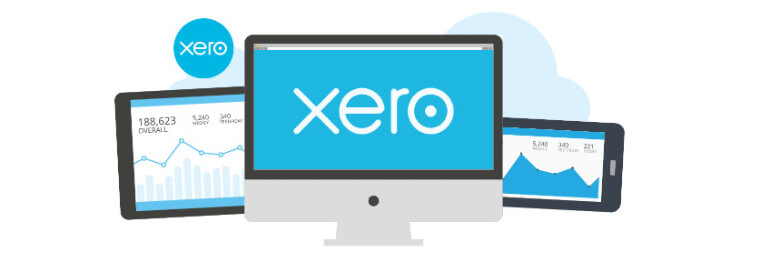For SMEs the cost of having an in-house employed accountant administration team can be a very costly. For many businesses of course, the investment is worth it when you consider the value added to the overall business in terms of business growth, controls, tax knowledge, budgeting & forecasting etc. With a financial advisor on your side, you can make more informed decision-making, save time and tackle those long-term goals head-on. But is there a more cost-effective way of fulfilling your accountancy function? Ultimately, are you getting a good deal?
Are you paying too much for your accountant?
The question you’re probably asking is what’s a reasonable benchmark for employing an accountant? The easy/standard answer to that question would be for us to say, ‘‘Well, that depends on your business’’, and this answer wouldn’t be wrong. However, we have managed to come up with an applicable benchmark that you can use for your own company, whatever type of business it is. That number is 4%.
Where has this benchmark come from?
Conall Dunne & Company has been a relied-upon accountancy practice for hundreds of different types of SMEs and Conall Dunne, our company founder, has been responsible for accounts departments and acted as the Financial controller and the Financial director for many companies before the formation of Conall Dunne & Company. We also have a a team of accountants who bring with them a wealth of industry knowledge. In summary, we have a very broad perspective of how the accountancy function works in many different types of business, both internally and externally. With this wealth of experience at hand, we have concluded that 4% is the magic number for every type and size of company. You should not be paying more than 4% for your accountancy function; that is, 4% of your total turnover if you’re a service company, or 4% of your total profit if you’re a product company. This 4% that you are spending on accounting encompasses all the costs necessary for the function. Therefore, it is not only the bookkeeper’s salary but also the accounting systems, the hardware, the external accountant, the space, etc.
Let’s look at an example…
Consider, for a moment, an architects business in their third year of business. They have reached a turnover of €100,000 in fee income a year. If we calculate 4% of their turnover, we find that their total accounting cost should be a budget of €4,000 a year. In this case, they could not be employing an accountant, either part-time or full-time. They need to outsource their accounting. As they grow to, say, €500,000, their accounting budget is now €20,000. Still, they don’t have the budget for an accountancy team. €1,000,000 would get them only one member of staff, therefore €5,000,000 is the ideal turnover for an accountancy team. Take a second now to calculate your 4% (4% of your turnover if you’re a service company or 4% of your profit if you’re a product company). Now compare that number with how much you are currently paying for your accounting. How does it compare?
Is accounting costing you more than 4% of your turnover?
If your calculations came under 4% (and you are getting a good service) then great! However, if you’ve found you are paying too much for your accounting you’re going to need to come up with a more cost-effective solution. At Conall Dunne & Company, we can have a chat with you and offer practical solutions to bring your accounting costs under 4%. Your main options, if a full-time company accountant isn’t viable, will include:
- Outsourcing your accounting and bookkeeping
- Hiring part-time accountancy staff
- Using a cloud accounting system, which is cheaper than desktop solutions





